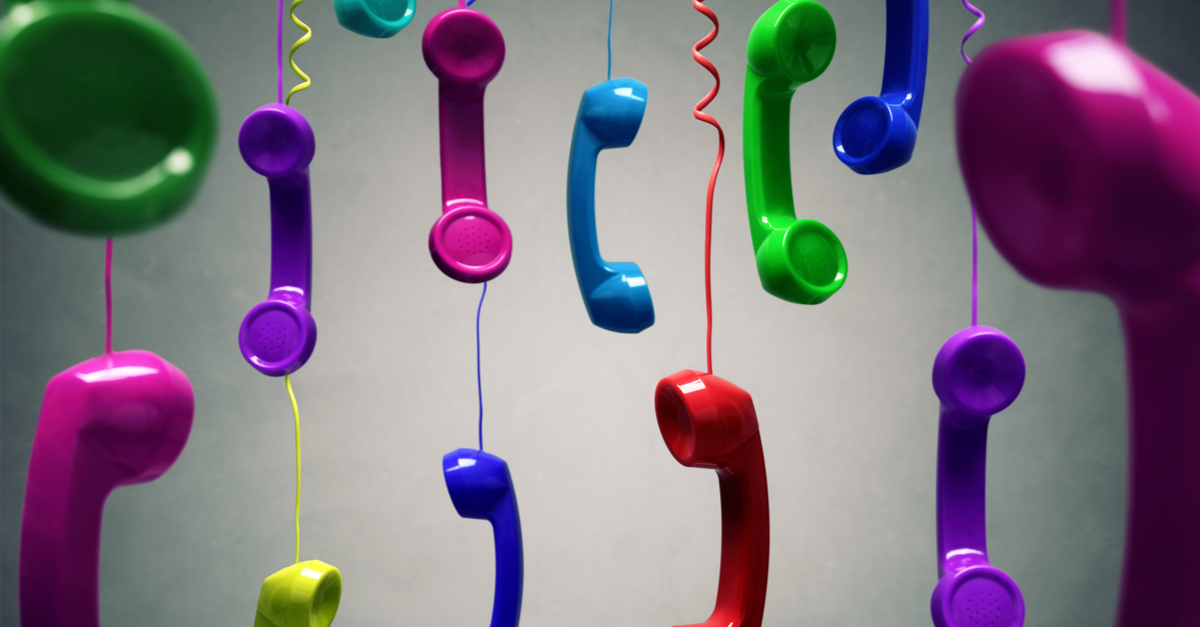It comes as no surprise that consumers are not satisfied with their phone customer service interactions – we’ve been talking about it, you’ve been reading it and possibly experiencing it in your own customer experiences.
Now we have additional data proof why frustrations may be higher – one factor being that average speed to answer is 50 seconds1.
You read that correct, 50 seconds.
That’s 70% higher than what it was in 2009, and 44% higher than the global average of 28 seconds.
This doesn’t change the fact that the channel preference for consumers still lies with the phone – so they are willing to wait longer for customer service, even if they are not satisfied, probably adding to their low satisfaction.
There are a couple of things to look at if this is a scenario you’re familiar with:
- Do you have a smooth interactive voice response (IVR) process? Implementing an IVR shouldn’t just be about reducing costs, it should be about optimizing the tasks within the IVR, utilizing common data efficiently and looking at the data you are presented from IVR usage.
- Start focusing on metrics. If you don’t have a sophisticated reporting system that can look at interactions, agent performance, customer sentiment, etc. You won’t know what can be improved unless you know where to start.
- Integrate and connect your systems. Having a cloud system that can intelligently route all of your customer interactions and analyze trends is a good step in the right direction. Enhancing the speed of your contact center operations is key to the positive customer experience journey.
Even though the average may seem high, there are ways to improve if needed. First things first is finding out what your contact center’s average is and deciding on a course of action, and then you can watch your customer’s experiences improve.
- The US Contact Center HR & Operational Benchmarking Report 2017/18, 4th edition. Contact Babel




